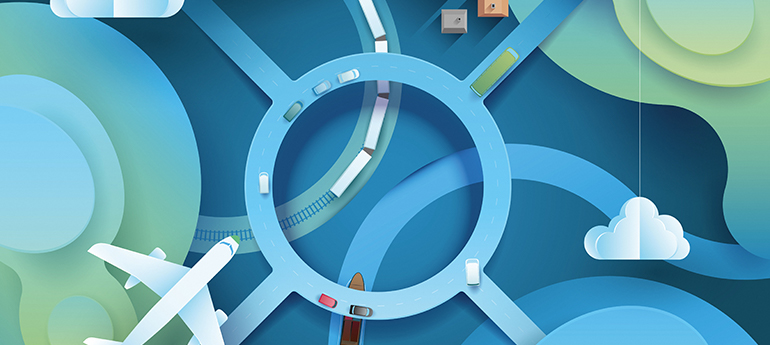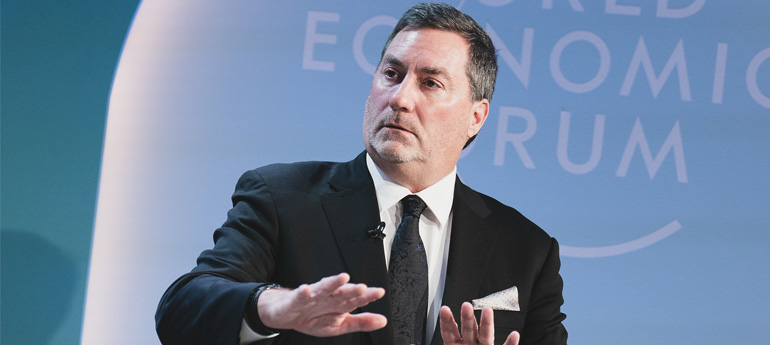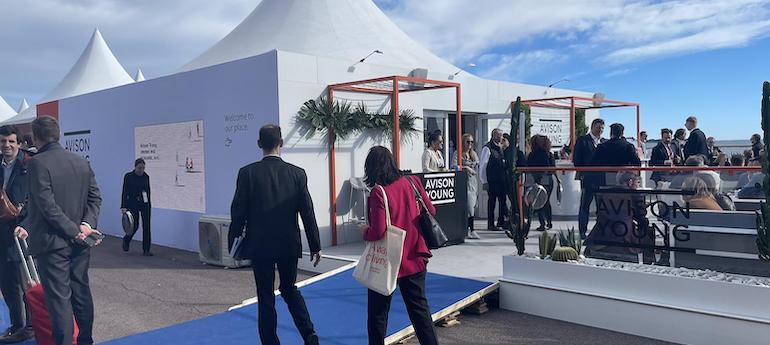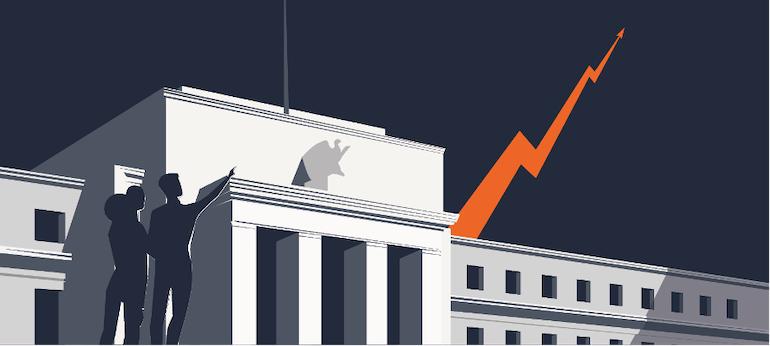Planes, Trains and Automobiles

Discussion of trains and busses utilized for traditional mass transit to alleviate traffic continues to be a hot topic around Houston. As discussed in earlier blogs, mass transit (Metro) in Houston isn’t working to ease traffic congestion. Metro buses that pull over at a bus stop, in the middle of traffic, with no riders getting on or off only worsens traffic congestion.
Let’s face it, traditional mass transit is not being used enough to make a difference because it doesn’t save riders significant time, money, and nor is it a better travel experience to and from their destinations.
However, people are amenable to alternative modes of transportation when saving time, money or improving their transportation experience. Vonlane, a luxury 22-passenger motor coach with routes between Houston and Dallas, running 8 times per day, hit the road in 2015 and business is doing well. They recently added a San Antonio to Houston route.
Why is the Vonlane having success? Well, we’re not talking about your average bus. This is a high-end motor coach that provides a first-class experience at a similar cost and travel time as flying including navigating airport security. So, at an equal cost and travel time, people are willing to use alternative travel modes just for the improved experience - amenities like Wi-Fi, leg room, outlets and a variety of food and beverage options.
Vonlane demonstrates that people in Texas will use alternative forms of mobility which bodes well for the high-speed rail project between Houston and Dallas. In less than 10 years, Texans may have this option that will transport them from Houston to Dallas in 90 minutes with ticket costs competitive with airlines. Still not clear whether train fares will spike for last minute purchases. (No last minute spikes for Japan’s high-speed rail.) Texas Central is closer than ever before to linking the two biggest economic powerhouses –Dallas/ Ft Worth and Houston with a bullet train using private investments. The company is expected to begin construction by the end of 2019 or early 2020 with a duration of up to five years.
The Texas Bullet Train (would be the first U.S. high-speed train) faces several challenges such as eminent domain, cost and government regulations. But, once resolved, Houstonians could be boarding the high-speed train at U.S. 290 and Loop 610, former Northwest Mall site which is slated to be H-town’s railway station as early as 2026. Other stations will be in Dallas and in the Brazos Valley.
According to research conducted by L.E.K Consulting and released by Texas Central, 90% of trips between Houston and Dallas are made by car and 85% of those who made that trip within the last year would be willing to use high-speed rail, if it were available. The Texas train is expected to have 8 cars with the capacity for approximately 650 passengers per trip. That could translate to thousands of riders per day – Japan averages 452,000 daily riders. That could have a huge impact on I-45 traffic between Texas’ two largest metro areas. The train cars are also expected to have tons of leg room, high ceilings, wide aisles, and reclining seats (It’s all about the experience!).
When travelling – near or far, most people want to save time, save money, perhaps be productive and have an overall great travel experience. Traffic gridlock will not be resolved with a single solution, such as adding more lanes to freeways and highways and adding more busses and bus lanes. It’s going to take an infrastructure overhaul that reimagines mobility using technological advancements to improve the whole travel experience – the Texas Bullet Train may be the first giant step we need to get on track.
(Rand Stephens is a Principal of Avison Young and Managing Director of the company’s Houston office.)
-
 World Economic Forum, Davos 2024: Key Insights for the Commercial Real Estate Industry 31-Jan-2024 2:36:00 PM
World Economic Forum, Davos 2024: Key Insights for the Commercial Real Estate Industry 31-Jan-2024 2:36:00 PM -
 Breakthrough, agreement, and funding futures: COP28’s impacts on climate risk resilience and CRE 22-Dec-2023 8:13:00 PM
Breakthrough, agreement, and funding futures: COP28’s impacts on climate risk resilience and CRE 22-Dec-2023 8:13:00 PM -
 We will emerge from the trough: current market climates and outlooks on office. 22-Aug-2023 9:19:00 PM
We will emerge from the trough: current market climates and outlooks on office. 22-Aug-2023 9:19:00 PM -
 Peak uncertainty into peak opportunity: The most challenging and rewarding years we will ever see 21-Jul-2023 12:45:00 PM
Peak uncertainty into peak opportunity: The most challenging and rewarding years we will ever see 21-Jul-2023 12:45:00 PM -
 Why we can’t just have nice things 28-Mar-2023 4:35:00 PM
Why we can’t just have nice things 28-Mar-2023 4:35:00 PM -
 Banking sector stress elevates real estate uncertainty 22-Mar-2023 8:53:00 PM
Banking sector stress elevates real estate uncertainty 22-Mar-2023 8:53:00 PM
